I’m not sure I know why, but our leading hardware providers are definitely suffering a distinct deficiency in the Mojo department.
Take Apple. I’m really very happy with my 2015 MacBook Pro, even though it was bloody expensive for what it is. The limited soldered in memory is a bit frustrating at times, but otherwise it performs very well. I have never said "you know what? I would happily forgo all the connectivity if only it was a shade thinner". Instead I have started to see intermittent physical connectivity problems with the HDMI socket, which makes me extremely wary if its successor replaces the key USB sockets with smaller, flimsier ones. I can’t see the new MacBook being a good solution for me.
Maybe I’m just an old codger, but given that the device is virtually attached to my wrist about 90% of every working day I think I qualify as a "Pro" user, and I have things like "legacy" projectors plugged in a lot of the time. If I were Apple I would have two ranges of MacBooks, each in several sizes: the Air - as light and slim as possible, with minimal connectivity or upgrade options; and the Pro, slightly thicker and heavier if needs be, but with a good selection of well engineered ports, and options to upgrade components like the RAM and SSD.
OK, let’s stop picking on Apple. What about Samsung?
Regular readers will know I was a fan of the original Galaxy Note, although it suffered with an odd memory architecture and a lack of TRIM support (which helps flash memory to be reused efficiently) and gradually got into a state where it slowed to glacial speed and couldn’t install application updates. In the meantime I had purchased the original Note 10.1", which was an excellent device apart from having to import a 32GB one from America, so I had no qualms replacing the Note with a Note 2.
That was an excellent phone, but sadly I dropped it, and it was never quite the same again.
So about two years ago I replaced the Note 2 with a Note 3, and the now ageing Note 10.1 with the 2014 edition. That’s when the rot set in.
The Note 3 was rubbish. From day one I could never keep the screen clean, and the GPS never worked reliably. It was never happy working with headphones – you had to waggle the plug to get a good contact, and even then the volume sometimes changed without warning, or the phone would go into "Hello Google" mode without warning. After not much more than a year battery life was poor, and despite always being carried in a case the top bezel stated to look quite tatty as the "chrome" paint wore off. Despite being a simple passive component, the stylus had stopped working and had to be replaced. Thanks to Samsung’s refusal to provide regular software updates It was also stuck on Android 4.4 "KitKat", with all its inexplicable limitations.
At the same time the Note 10.1 had developed a sudden reduction in battery life, rendering it unusable for long flights. I replaced it first, with a Galaxy Tab S2. That works but has its own challenges, like a 4×3 screen and speakers both on the same short edge, so not great for games or videos.
The phone was more of a problem. I really fancied another Galaxy Note as I like their unique support for a fine-pointed stylus. Unfortunately the Note 4 was apparently not much different from the 3, with the same failings in areas like GPS. The Note 5 had no SD support, a real issue given Samsung’s refusal to sell phones in the UK with decent internal storage specs. There was no Note 6.
Then came the Note 7, or #explodyphone. I’ve worked through a long career helping clients to define their non-functional requirements, and it’s not often that "I’d like it not to be on fire" crops up. Not often, but oddly enough not never either. I did help select new field devices for the National Grid gas engineers about 10 years ago, and they had fairly tough gas safety requirements, which led to us at one point having to submit a phone and OtterBox for destructive testing including setting them on fire… However, that’s pretty much an edge case, and I think we have a right to expect suppliers of normal consumer handheld devices to take that requirement as read.
You do wonder if there’s some weird competition between Apple and Samsung, and Samsung looked at the "bendy" iPhone 6, and said "you think that’s bad, just watch the professionals and learn…"
Brand loyalty being what it is, I did have one more go with Samsung, and got my hands on a Galaxy S7 Edge. Unfortunately my copy had a rare but not unknown fault where the home and back buttons trigger themselves randomly, making the device unusable. I did persevere through to the end of setup, by which time I had also concluded that the usable screen, excluding the edges, is too small for me. It went back.
In desperation I spent an hour wandering the phone shops of Liverpool, seeing a lot of the same options. Just on the verge of giving up I discovered the Sony Experia XA Ultra. This is a cheerful phone with a 6" display. It’s supposedly a notch below the Galaxies and iPhones, but I can’t see much to support that assertion. The screen size is a very good match for the Galaxy Note, battery life is fine, GPS snaps to a fix if you can see a sliver of sky, and the headphone socket just works. Predictably I have gone for the bling version in "lime gold", but there is a boring black option as well.
So far so good for the Sony, but back to my original topic, if Sony can do this with a mid-range device, why are Samsung and Apple getting it so wrong?
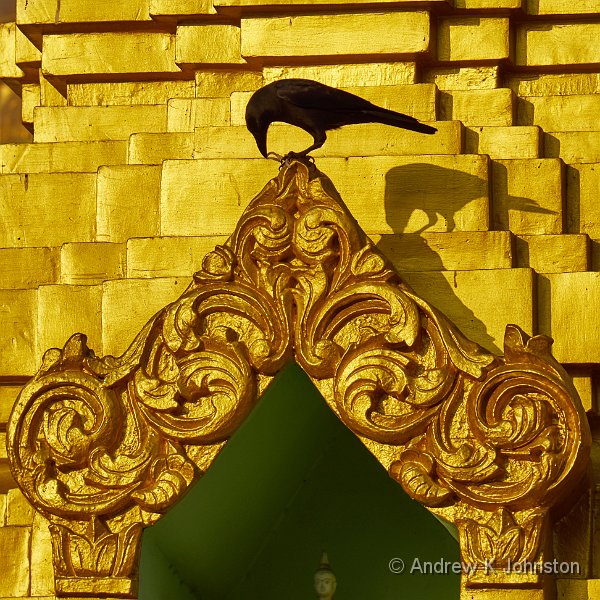


 List
List Abstract
Abstract One+Abstract
One+Abstract

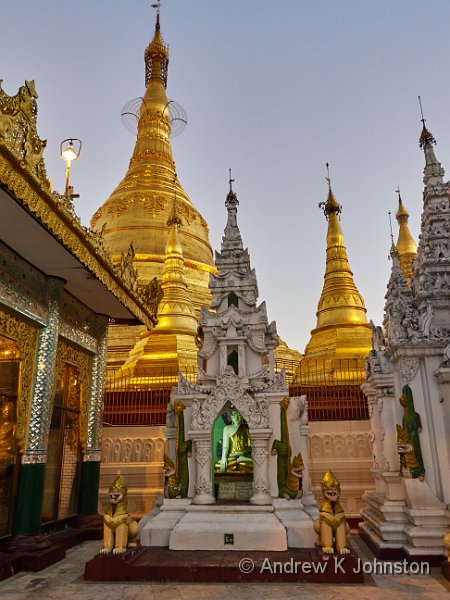


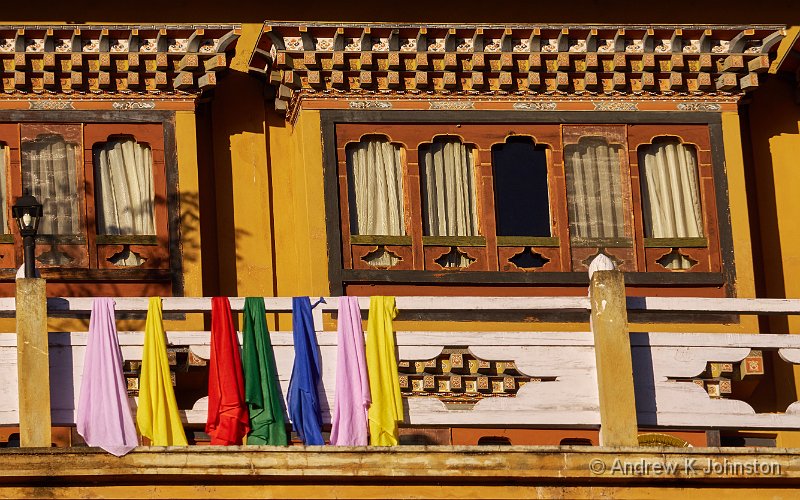
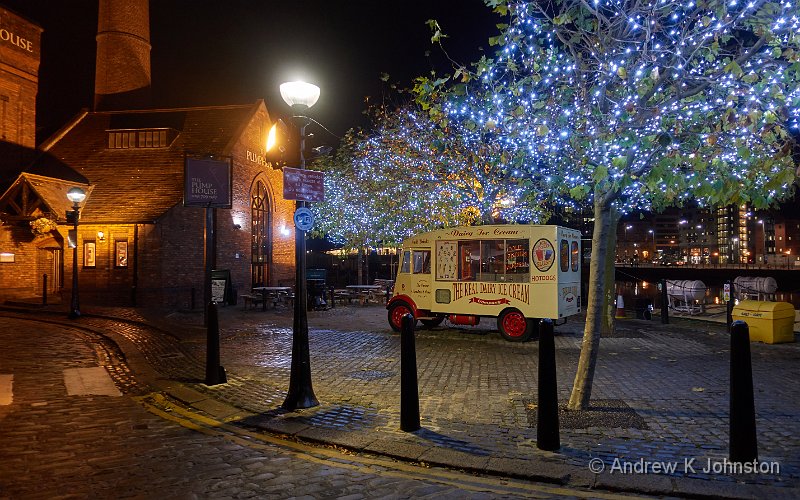
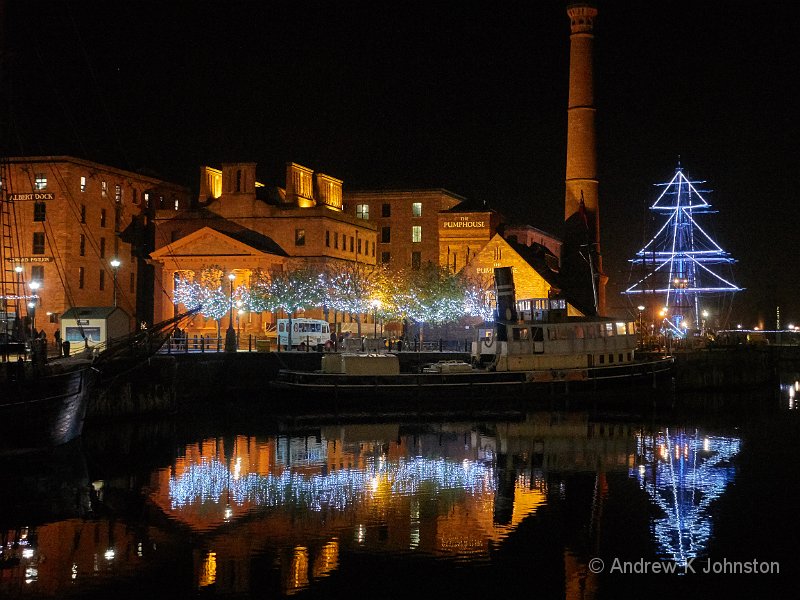
 Thoughts on the World (Main Feed)
Thoughts on the World (Main Feed) Main feed (direct XML)
Main feed (direct XML)